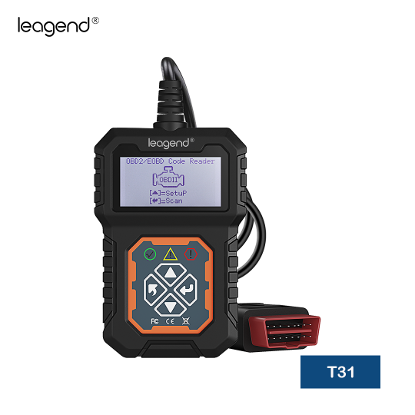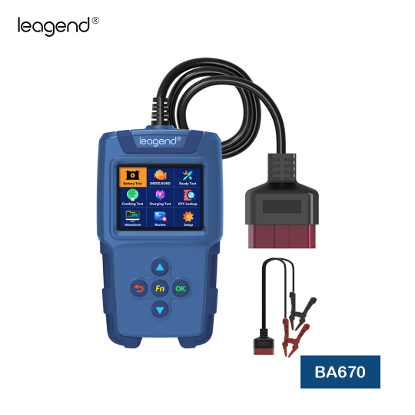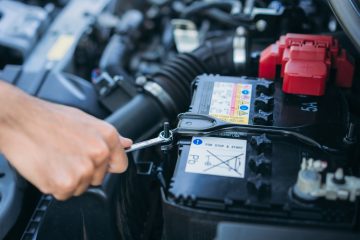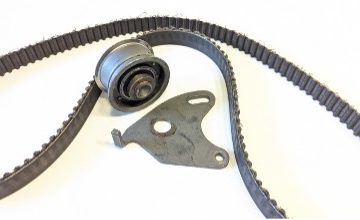In the vehicle tool market, among the various diagnostic methods available, the On-Board Diagnostics II (OBD II) tool stands out as one of the most reliable and comprehensive solutions.
Introduced in the mid-1990s, the OBD II standard revolutionised vehicle diagnostics by providing a universal interface for reading diagnostic information.
Standardising with OBD II
Unlike older systems, which varied widely among manufacturers, OBD II provides a standardised protocol that all compliant vehicles use. This standardisation has paved the way for more consistent, reliable, and accurate diagnostics.
- Standardisation: Every vehicle built after 1996 uses the same standardised diagnostic port and protocols, ensuring compatibility across makes and models.
- Real-Time Data: OBD II tools provide live feedback on a vehicle’s performance, including engine speed, fuel consumption, sensor outputs, and more.
- Error Code Retrieval: When a problem occurs, the system generates Diagnostic Trouble Codes (DTCs) that pinpoint the issue, facilitating quicker repairs.
- Comprehensive Monitoring: OBD II covers a wide range of systems—engine, transmission, emissions, and even some safety systems, making it a holistic diagnostic tool.
Vehicle workshops rely on OBD II scanners to streamline operations, improve accuracy and boost customer satisfaction. These tools allow for technicians to work more efficiently in the following ways:
Faster Diagnostics:
- Instant access to Diagnostic Trouble Codes (DTCs) pinpoints issues in seconds rather than hours of manual troubleshooting.
- Live data streams (RPM, coolant temperature, oxygen sensors, etc.) let technicians see exactly what is happening under the hood in real time.
Improved Repair Accuracy:
- Standardised codes and data formats eliminate guesswork, reducing misdiagnoses and repeat visits.
- Technicians can verify that repairs have solved the problem by clearing codes and re-scanning immediately after service.
Pre-Sale Vehicle Inspections:
- Dealers use OBD II scans as part of their pre-delivery checks to ensure trade-ins and inventory meet emissions and safety standards before they hit the lot.
- Documented scan reports give buyers confidence that the vehicle has been professionally inspected.
Regulatory Compliance:
- Emissions-related DTCs let service providers confirm a car meets local and federal regulations, avoiding fines and failed inspections.
- Built-in readiness monitors reduce wasted time re-testing systems during state or provincial emissions checks.
Enhanced Customer Communication:
- Clear, data-backed reports make it easy to explain needed repairs and justify costs to customers.
- Visualisations of live sensor data can show customers exactly why a maintenance or repair recommendation is being made.
Preventive Maintenance & Upselling:
- By monitoring trends in live data (e.g., steadily rising coolant temperature or dropping fuel trim), technicians can spot developing issues before they become major repairs.
- Service advisors can offer proactive maintenance packages, oil changes, air-filter replacements, spark-plug services, backed up by real data.
Workflow Integration & Record-Keeping:
- Many OBD II tools integrate with dealer management systems (DMS), automatically logging scan results into a vehicle’s service history.
- Digital records simplify warranty claims, follow-up reminders and audit trails for quality control.
These capabilities allow garages to work more efficiently, deliver more reliable repairs and build trust with customers, ultimately driving higher throughput, reduced costs and increased revenue.
The right OBD II tool
If garages want to maximise the benefits outlined above, then choosing the right OBD II scanner and tool is essential.
The leagend T31 features dual system inspection for both engine and transmission systems, offering quick LED-based (green/yellow/red) engine failure alerts alongside full DTC code definitions. It dynamically displays live data across 249 ECU parameters, freeze-frame snapshots and I/M readiness status.

With it, users can read and clear engine trouble codes, reset the Malfunction Indicator Lamp (MIL), and reboot the detector. Additionally, it retrieves vital vehicle info, including Vehicle Identification Number (VIN), Calibration Identification numbers (Cal IDs), and Calibration Verification Numbers (CVNs)—via its handheld interface.
Further benefits can be achieved with an OBD II tool that can accommodate battery testers.
leagend BA670 is a 2-in-1 OBD II scanner and battery tester that reads/clears engine trouble codes, resets the MIL, and retrieves VIN, Cal IDs, and CVNs.
Besides its OBD II scanner features, leagend BA670 also tests 6/12/24V battery CCA, resistance, voltage, SoC, SoH and starting/charging systems. With one-key quick tests for battery checks, OBD II diagnostics, DTC lookup and I/M readiness, it saves up to 1,750 records. And it also supports to update and print test results by connecting to a computer via a USB cable for better customer services.

T31 and BA670 are only two typical OBD II diagnostic tools from leagend, a company that has been developing OBD II diagnostic technologies and manufacturing OBD II diagnostic tools for about 20 years since its establishment in 2005.
leagend is a technology-oriented and product-oriented high-tech manufacturer, by 2025, leagend’s R&D investment ratio has been up to 40% and its ratio of technician and engineer staff has been up to 50%. Besides, it is also robust in the innovation fields, it has over 60 copyrights, over 60 inventions and relative patents, and over 20 certificates.




You must be logged in to post a comment.